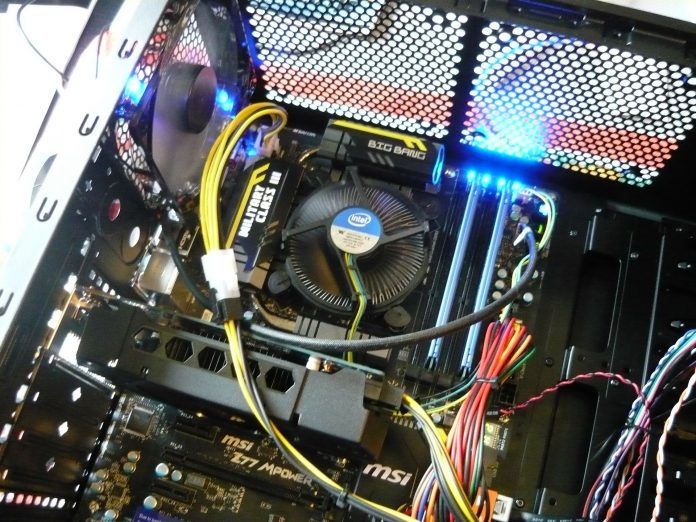We may have heard of UPS or the uninterruptible power supply, but it is not obvious that we understand its functionality. Some of us have them in our homes, but there is nothing much we can tell about them.
The UPS is a device or gadget that provides power to equipment if an emergency power cut-off. It’s also called a back-up battery. Their output power is AC, which makes it different from batteries that give DC power outputs. UPSs are useful in giving users time to save their work in case of computers or providing an allowance for the back-up generators to turn on.
Someone should also not confuse between the UPS and a standby generator. Generators provide power when the main line is disconnected, or there is a power black-out. However, generator power is not available instantly. Even with automated generators, it can take up to 15 seconds before they go on. However short it is, it could completely ruin your essential work.
With a UPS, you will not worry about losing your data or walking in the dark if you want to go and switch on your back-up generator. Typically, an uninterruptible power supply can supply power for as much as 30 minutes. This is why you should not take much time before saving your information if you were using a computer.
Uninterruptible power supplies function as mediators between your power supply and the equipment. They accept alternating current input then converts it to direct current to store the current. In case of power interruption, the UPS converts back the store power to AC. The new power output is enough to power the equipment in your office or at home.
Many electronic devices have built-in adaptors in their power supply. The adaptor converts the AC input to DC output. Unfortunately, adaptors do not store energy, and the power output conversion only happens when the device is connected to the main power line.
On the other hand, a UPS device serves as protection from a power surge. Although it primarily serves as a back-up battery, it also stabilizes power output. You can use the automatic voltage regulator with the UPS to ensure a stable AC input in some cases. The use of AVR may be unnecessary if you have installed a modern UPS equipped with a surge protector. Don’t be shocked if your electrician tells you that it’s the uninterruptible power supply that saved your live!
Advanced UPS devices have automatic sensors to allow a bypass selectively. This means that the alternating current input goes directly to your equipment the same as when it is directly connected to a wall socket. A bypass only happens when the UPS is fully charged.
If the UPS senses power fluctuation in the AC input, it automatically disconnects the bypass and turns on the power (DC – AC) inverter to supply the equipment. The switching is hardly noticeable because it happens instantaneously. Therefore, consider installing an uninterruptible power supply in your home, office, or business to work peacefully and confidently.

